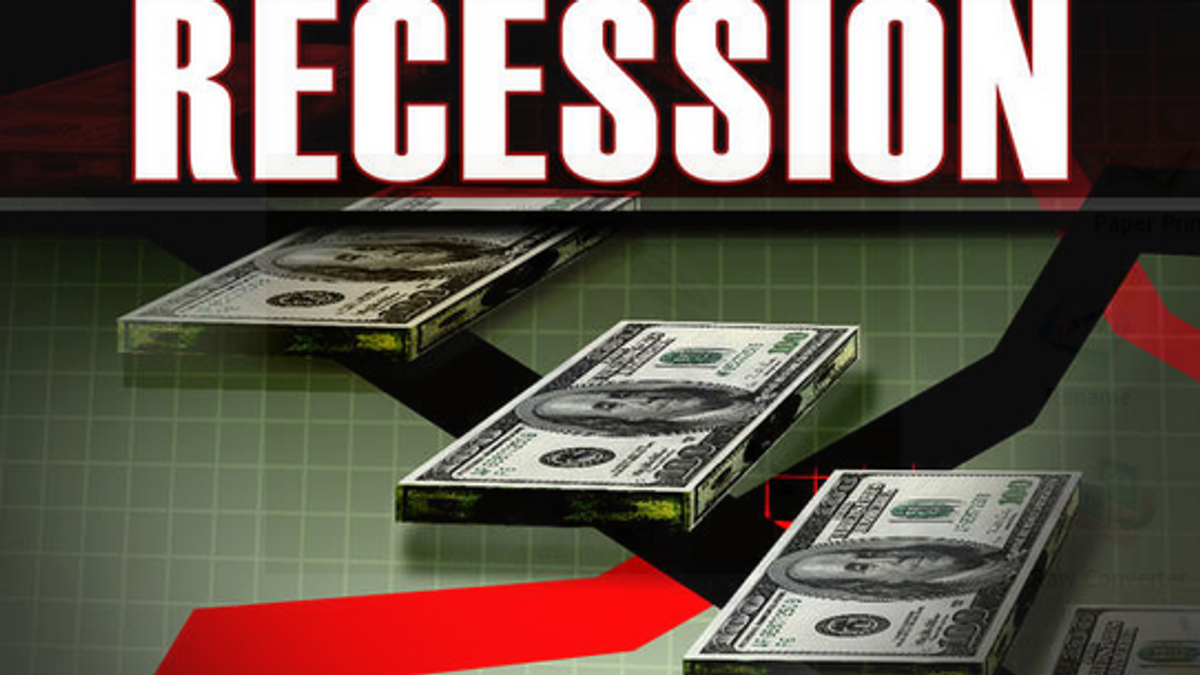Recession Predictor: The Sahm Rule

Inception
Recession
Advantages
Limitations
It Works
The Sahm Recession Indicator signals the start of a recession when the three-month moving average of the national unemployment rate rises by 0.50 percentage points or more relative to its low during the previous 12 months.
Inception
The former Federal Reserve and Council of Economic Advisors economist Claudia Sahm wrote a chapter in The Brooking Institute's report on the use of fiscal policy to stabilize the economy during recessions. This essay argues that instead of waiting for human intuition to stimulate a struggling economy, the decision must be rules based, and as such should be triggered by the rate of change in unemployment rates.
Recession
Recessions are typically defined as contracting or negative gross domestic product in two successive quarters. However, the lag effect on GDP data measurement can lead to erroneous calculations and subsequent GDP revisions as more accurate data comes in. Therefore, it can take economists up to nine to twelve months to actually "officially" confirm that the economy is in recession.
This lag is clearly not ideal for a variety of players. The government can't stimulate the economy through fiscal measures, the Federal Reserve Board is caught in a gold straight jacket and can't loosen monetary policy, companies can't act proactively to reduce expenditures and most importantly, the consumer is is generally the last man standing.
Said differently, to reduce the impact of the recession, the Central bank may want to cut interest rates and the government may want to pursue the expansionary fiscal policy. If you can have early warnings signs of a recession, you can start pursuing these policies earlier rather than later.
In a recession there is a strong correlation with an increase in the three months moving average unemployment rate.
Let's walk through a few key pros and cons of the Sahm indicator.
Advantages
The Sahm rule relies on a single data series, national unemployment, which is published monthly by the BLS. This differentiates the index from other recession indicators based on statistical models, which may rely on dozens of inputs and are overly complex.
- Historically it has a good track record of predicting recession in the US.
- It is a relatively simple measure relying on a widely available statistic from the Bureau of Labor Statistics. It is does not require any complex econometric analysis.
- It is much quicker than traditional methods of identifying recession, thereby slashing the lag effect.
Limitations
There are many economic rules which were true for past historical data, but then proved to be less reliable for the future. Examples include:
- Taylor rule on setting interest rates became ineffective in a period of zero interest rates.
- The Phillips Curve showed trade off between nominal wage growth and unemployment, but then became less reliable in 1970s and 80s in a stagflationary environment with rising rates, inflation and unemployment.
- Friedman’s Rule for growth of the money supply lost relevance in the 1980s.
Despite these caveats, the Sahm Rule is quite robust as there is a very strong and obvious link between recession and a rise in unemployment.
It Works
The rule has triggered its flashing red recession signal approximately three months into each of the last several recessions, with the beginning of the recession retroactively determined by the National Bureau of Economic Research (NBER). Empirically speaking, the Sahm rule indicates recessions sooner than the formal NBER recession indications, which can take anywhere from half to two years.
Stay safe, stay nimble, stay humble!
Share This